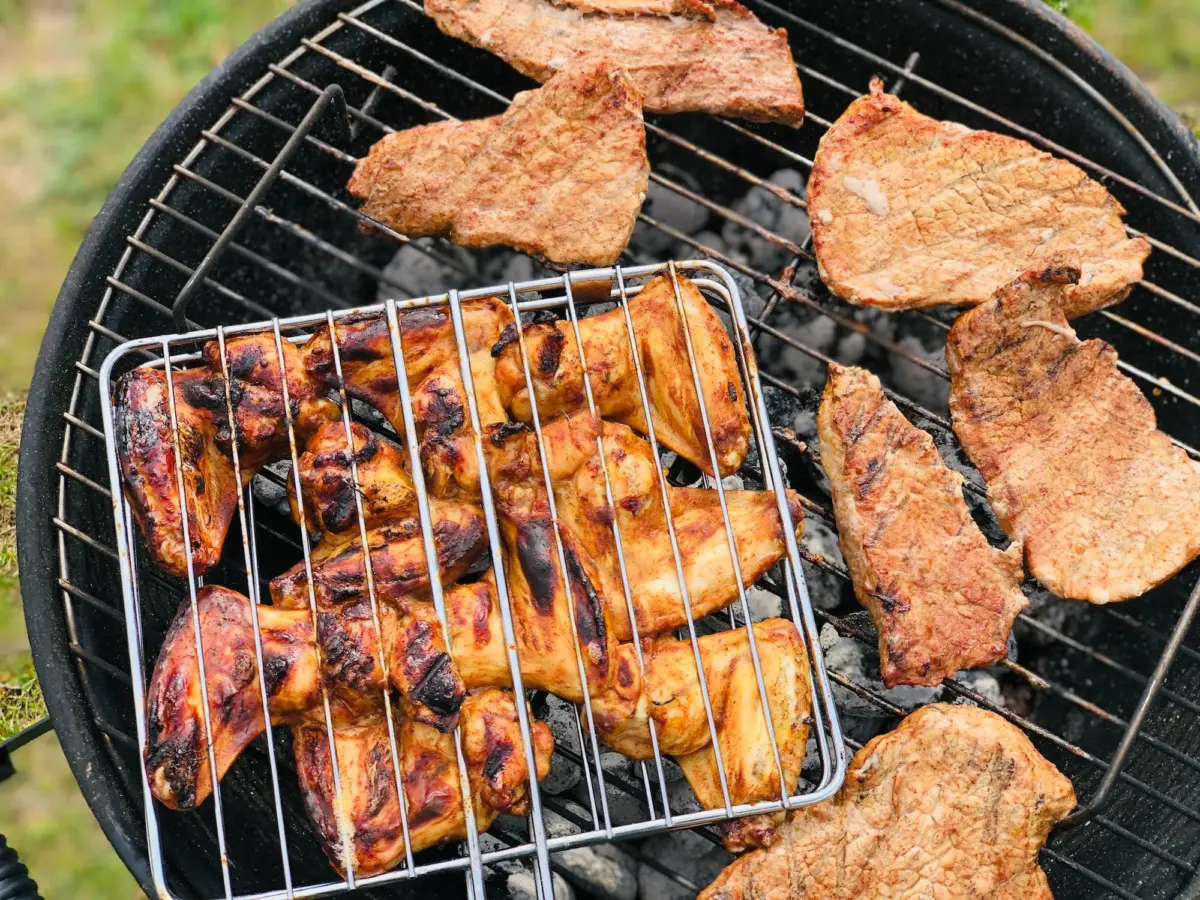Steak is a classic dish that many people enjoy, but there’s nothing more disappointing than cutting into a steak and finding that it’s mushy. A mushy steak can ruin the entire eating experience, leaving you feeling unsatisfied and disappointed. But why does this happen?

There are several factors that can contribute to a steak being mushy. One of the most important factors is the quality of the beef. If you’re using poor quality beef, it’s more likely to turn out mushy rather than firm and juicy. Good quality beef should be dense, firm, and well-marbled. Other factors that can cause a steak to be mushy include over-marination, improper cutting of the meat, and over-cooking.
In this article, we’ll explore the reasons why your steak might be turning out mushy and provide tips on how to avoid this problem. Whether you’re a seasoned chef or a beginner, understanding the factors that contribute to a mushy steak can help you create a delicious, satisfying meal that you’ll enjoy every time. So, let’s dive in and discover the secrets to cooking the perfect steak.
Why Your Steaks Are Mushy
What Causes Mushy Steaks
There are several reasons why your steak might turn out mushy. One of the most common reasons is the quality of the beef. If you are using low-quality beef, it may have a mushy texture. Another reason could be overcooking the steak, which can break down the proteins and fibers, making it mushy.
Marinades can also cause mushy steaks. While marinades can add flavor to the steak, if you marinate the steak for too long, the acid in the marinade can break down the connective tissue and fibers, resulting in a mushy texture.
How to Avoid Mushy Steaks
To avoid mushy steaks, start by buying quality beef from a local butcher or a reputable grocery store. Look for steaks with marbling, which is the fat that runs through the meat. This fat helps to keep the steak moist and tender.
When cooking the steak, make sure to cook it to the correct temperature. Overcooking the steak will cause it to become mushy. Use a meat thermometer to ensure that the steak is cooked to the desired doneness.
How to Fix Mushy Steaks
If your steak turns out mushy, there are a few things you can do to fix it. First, try tenderizing the meat with a meat mallet or a sharp knife. This will help to break down the fibers and make the steak more tender.
If the steak is overcooked, try cutting it into thin slices and serving it with a sauce or gravy to help mask the texture.
How to Tell If Your Steak Is Spoiled
It’s important to know how to tell if your steak is spoiled to avoid food poisoning. Look for signs of spoilage, such as mold, an unpleasant odor, or a rancid, ammonia-clad aroma. Check the expiration date, use-by date, or sell-by date on the packaging to ensure that the steak is still safe to eat.
How to Buy Quality Steaks
When buying steaks, look for quality beef with marbling, which is the fat that runs through the meat. This fat helps to keep the steak moist and tender. Consider buying from a local butcher or a reputable grocery store. You can also order steaks online from companies like Chicago Steak Company.
How to Cook the Perfect Steak
To cook the perfect steak, start by seasoning the steak generously with salt and pepper. Heat a pan or grill to high heat and add a high smoke point oil like soybean, safflower, or peanut oil. Cook the steak to the desired doneness, using a meat thermometer to ensure that it is cooked to the correct temperature.
Conclusion
Mushy steaks can be disappointing, but with the right knowledge and techniques, you can avoid and fix them. Start by buying quality beef, cooking the steak to the correct temperature, and avoiding over-marinating. Remember to check for signs of spoilage and always buy from a reputable source.








